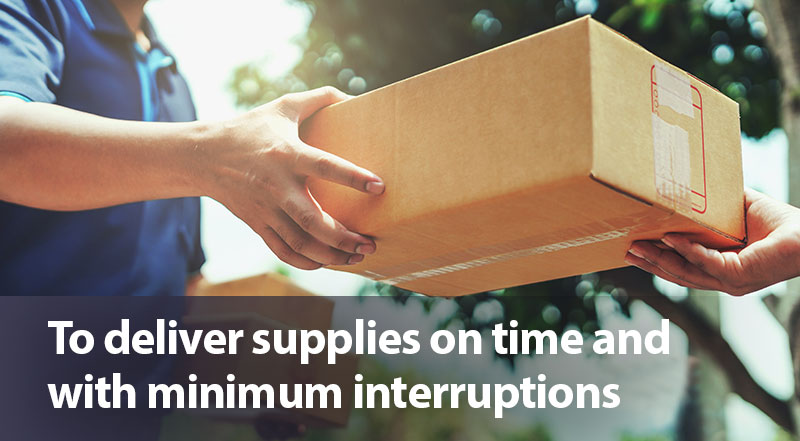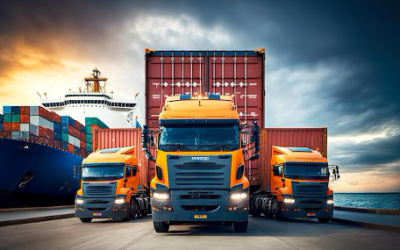Consumers have evolved from in store shopping to online shopping where their social needs and feeling a sense of community is important to today’s environment. Now, that the pandemic is no longer an excuse for delays in order deliveries, retail stores must create an intermixed path that offers affordable products and provide value in consumer shopping experiences with deeper customer relationships that are consistent in service, free of interruption, accessible and convenient.
Has consumer buying habits changed for long term? How much of the online shopping outlast the pandemic?
Logistics operators have been under constant pressure since the outbreak of Covid-19 to deliver supplies on time and with minimum interruptions. They are maintaining their share and positive outlook in the leap to online shopping that has taken place fueling very strong growth at e-commerce retailers and brick-and-mortar store owners who have digital capabilities. More distribution centers are being built and networks are adjusting to online commerce while logistics operators are investing in information technology and automation to speed up the flow of goods. Logistics developers see adjustments will include demand for warehouse space closer to big population centers as shoppers return to stores. Related transportation and technologies will make more efficient use of vertical space that increase the value of planned logistics facilities.
Online demand is still up. One can now window shop but one will still need to purchase online as stores are still struggling to restock their inventory. Online businesses are around double or more times what it was before the pandemic and although there has been a decline of online orders compared to peak Covid-19 levels, e-commerce and fulfillment will continue to grow exponentially in the US and internationally and the new buying behavior demand will last long with supply chains expected to expand in the coming years.





